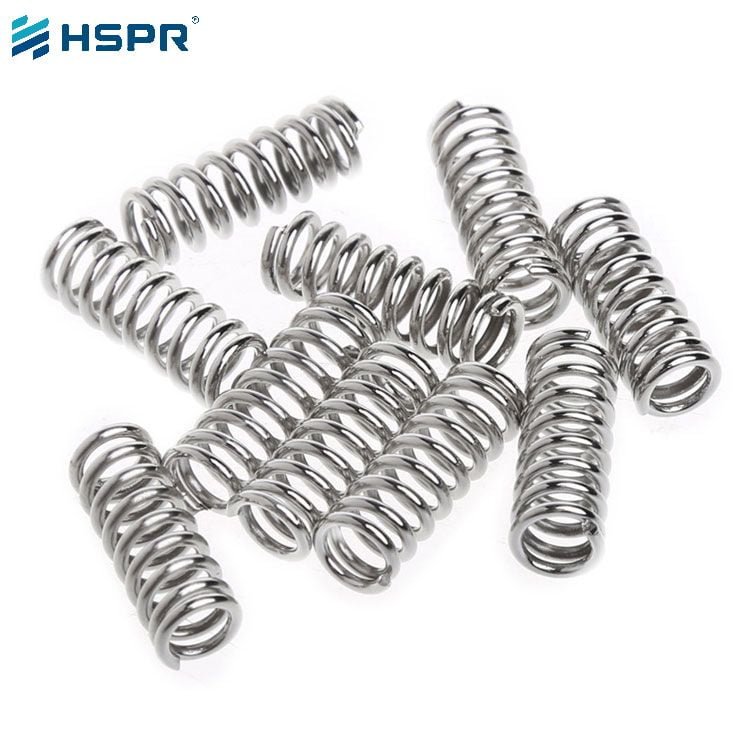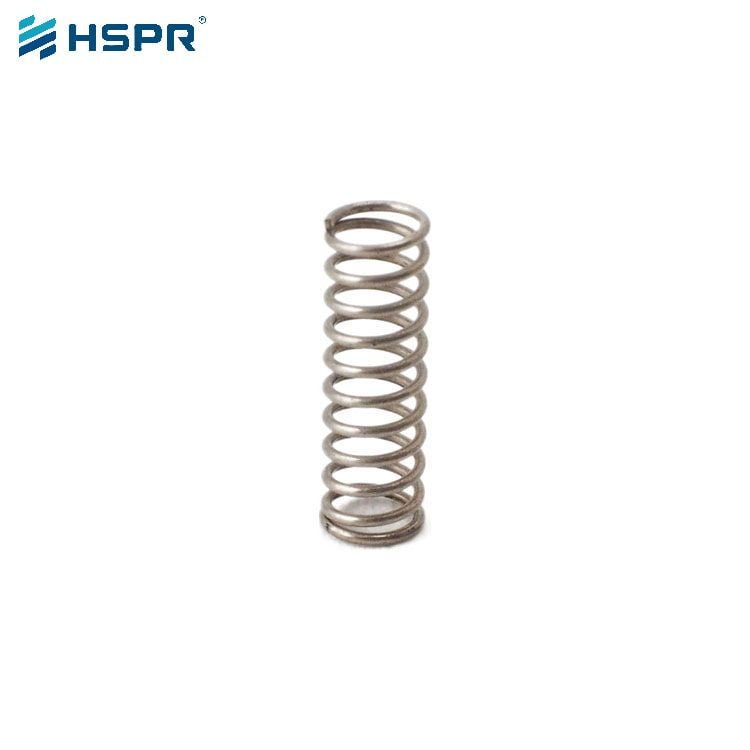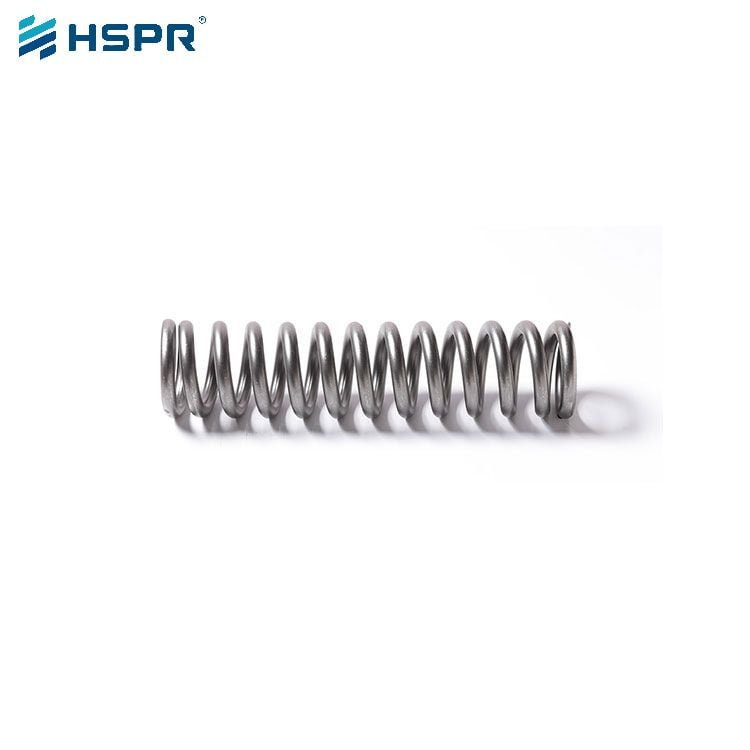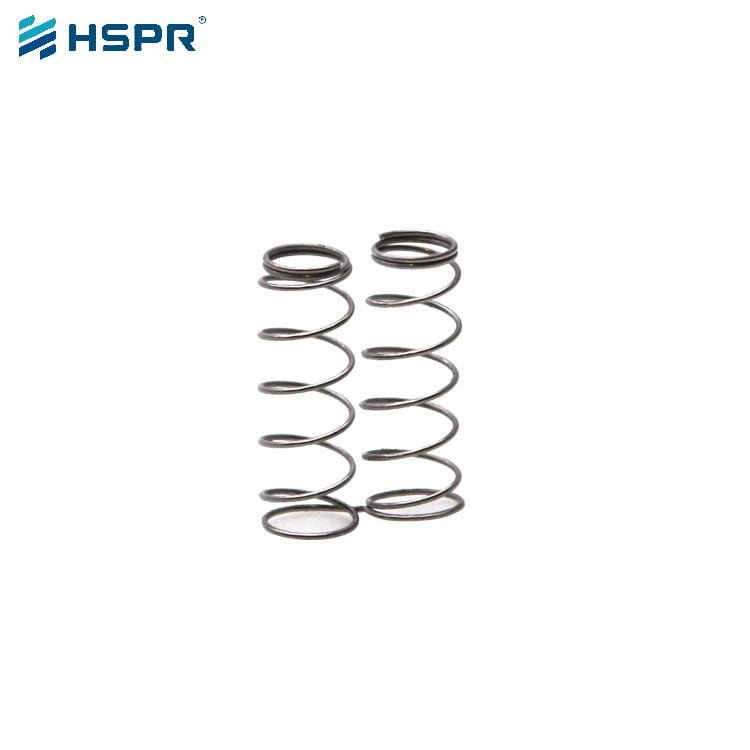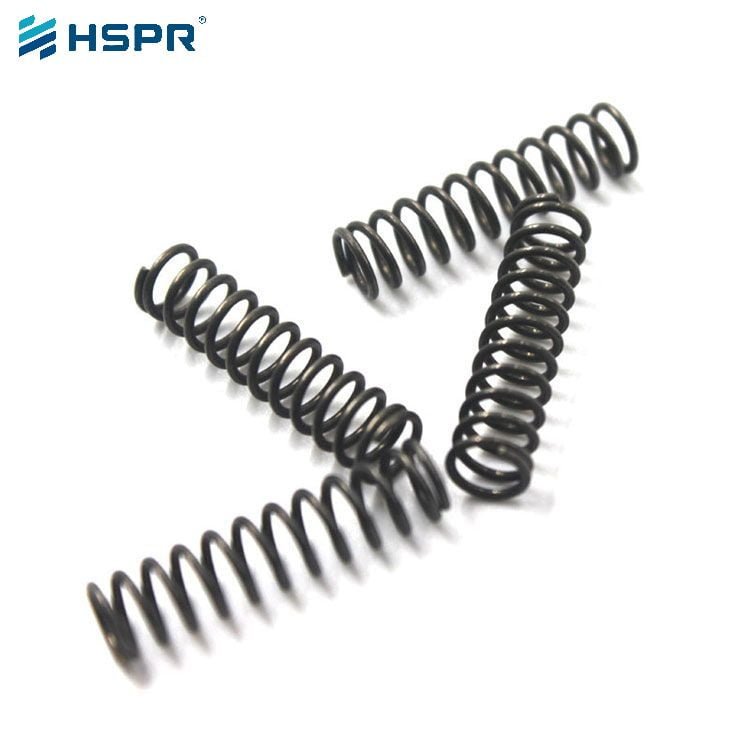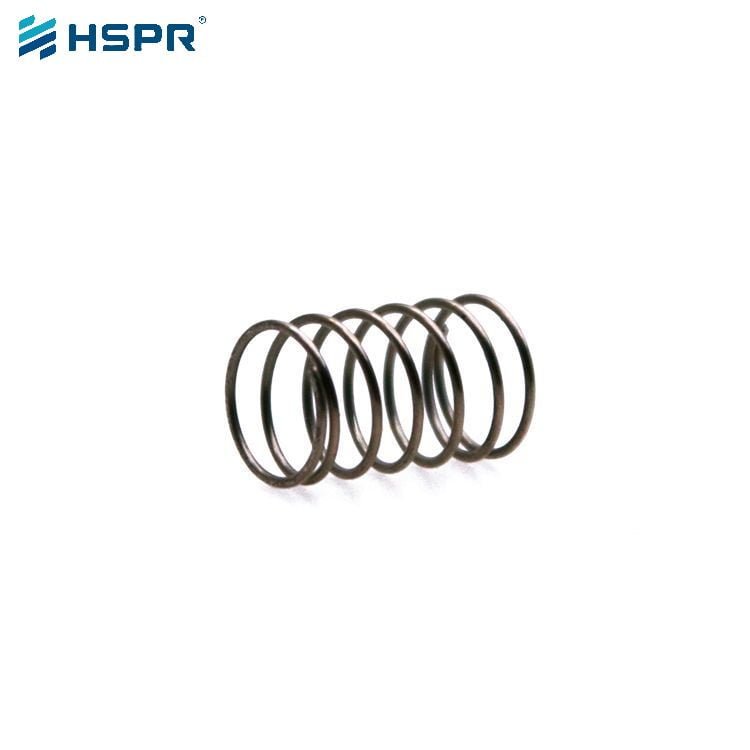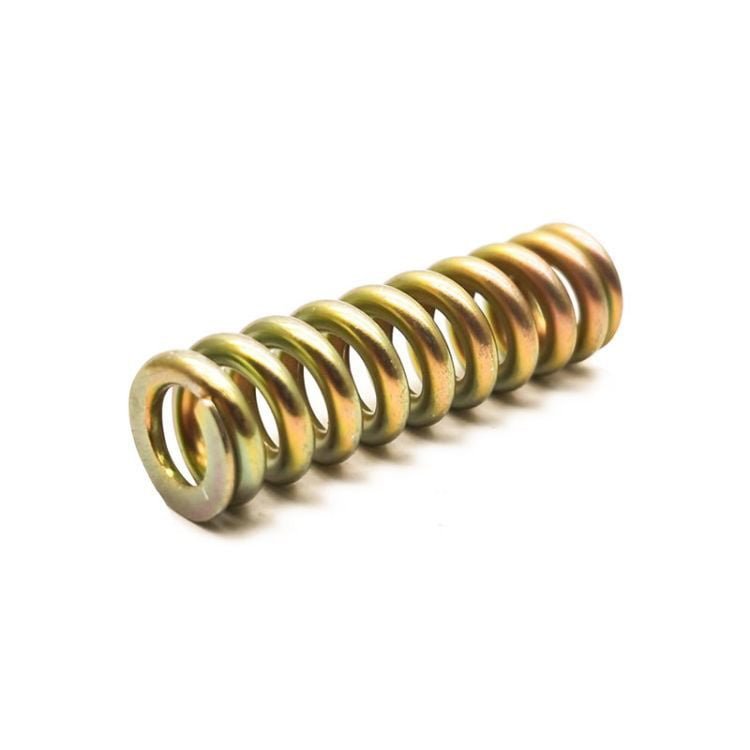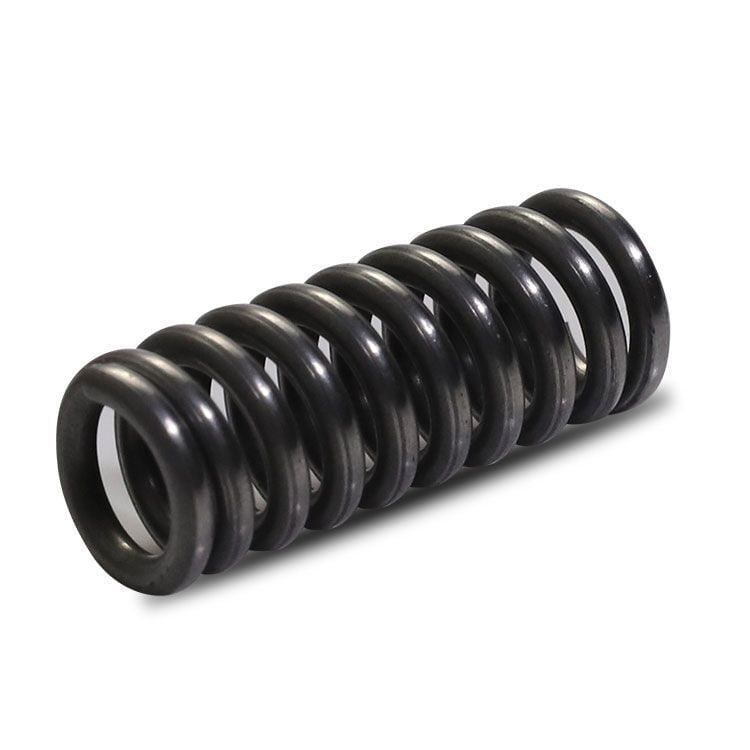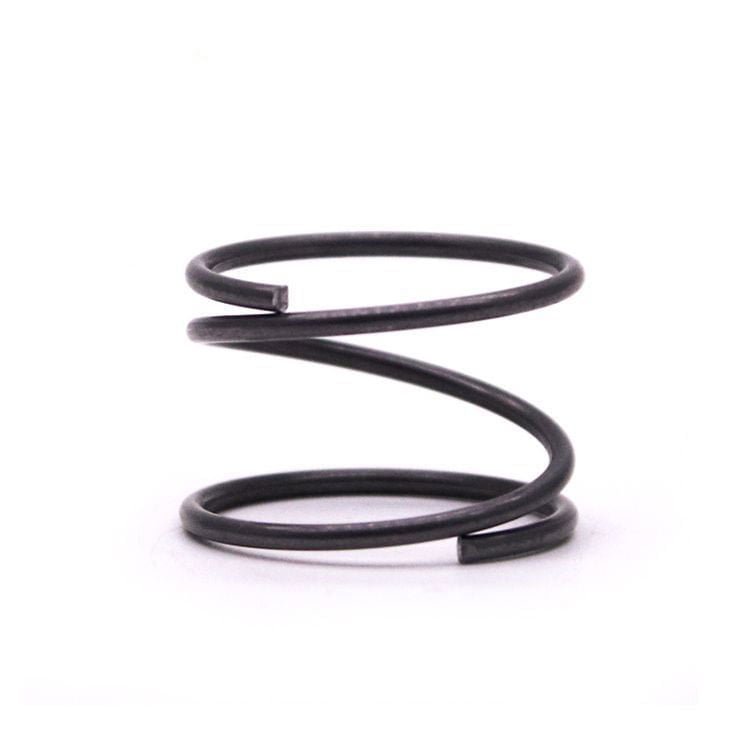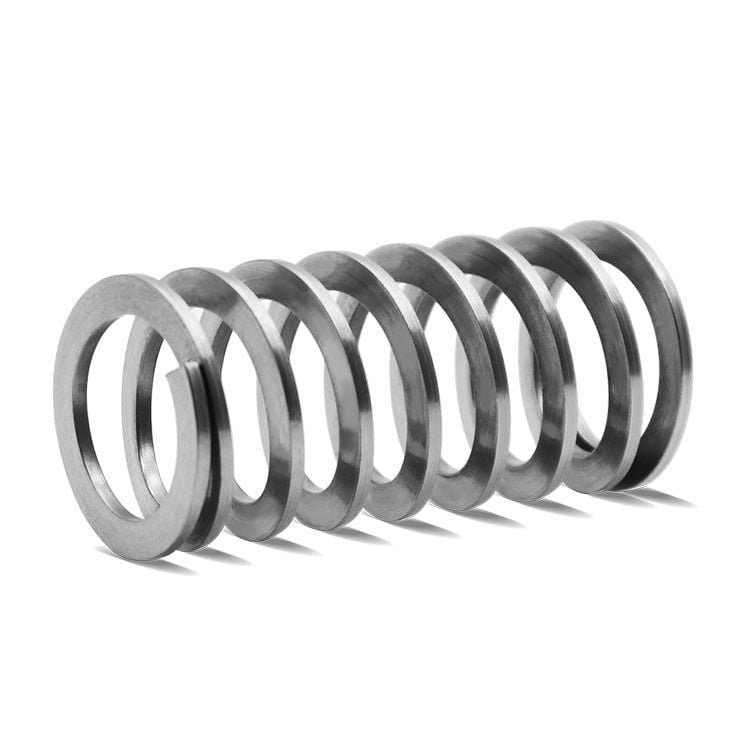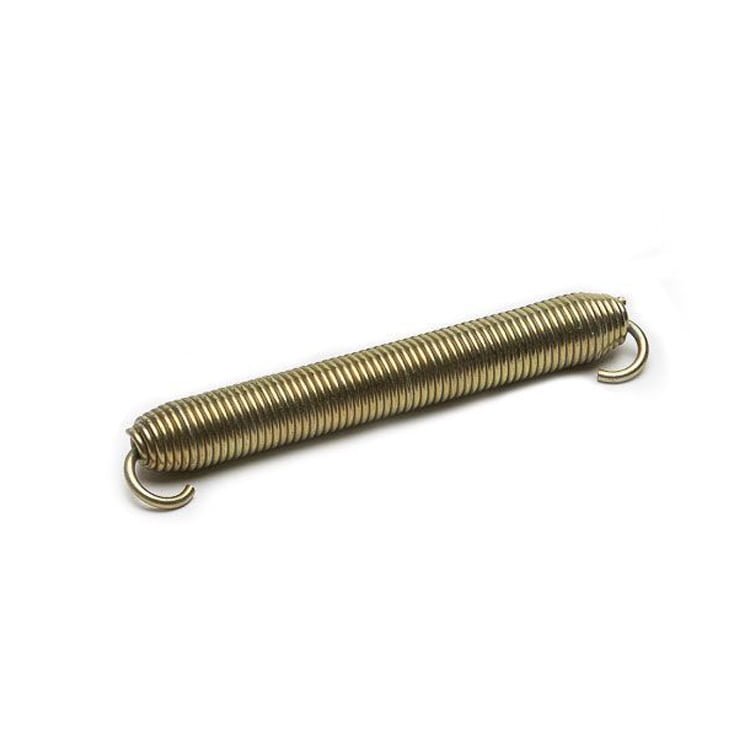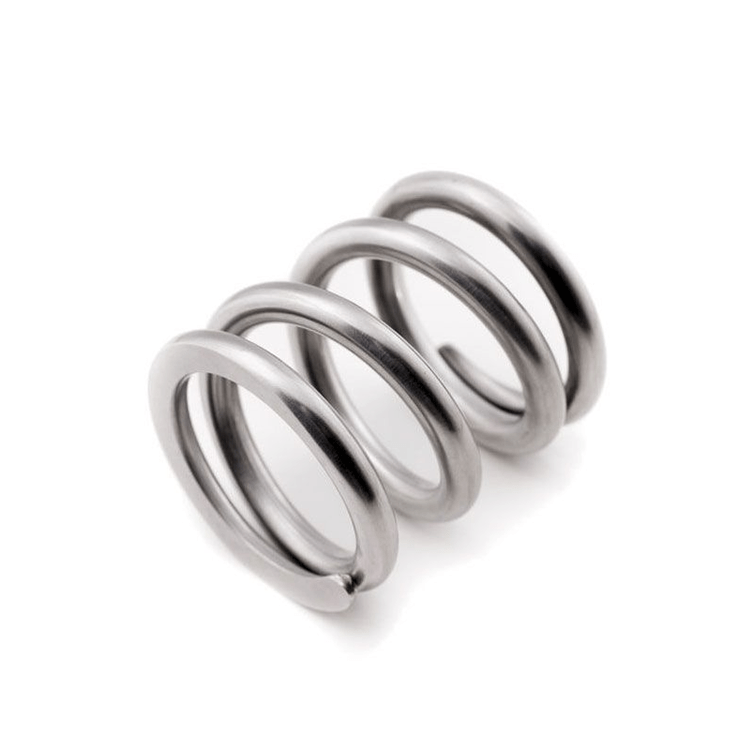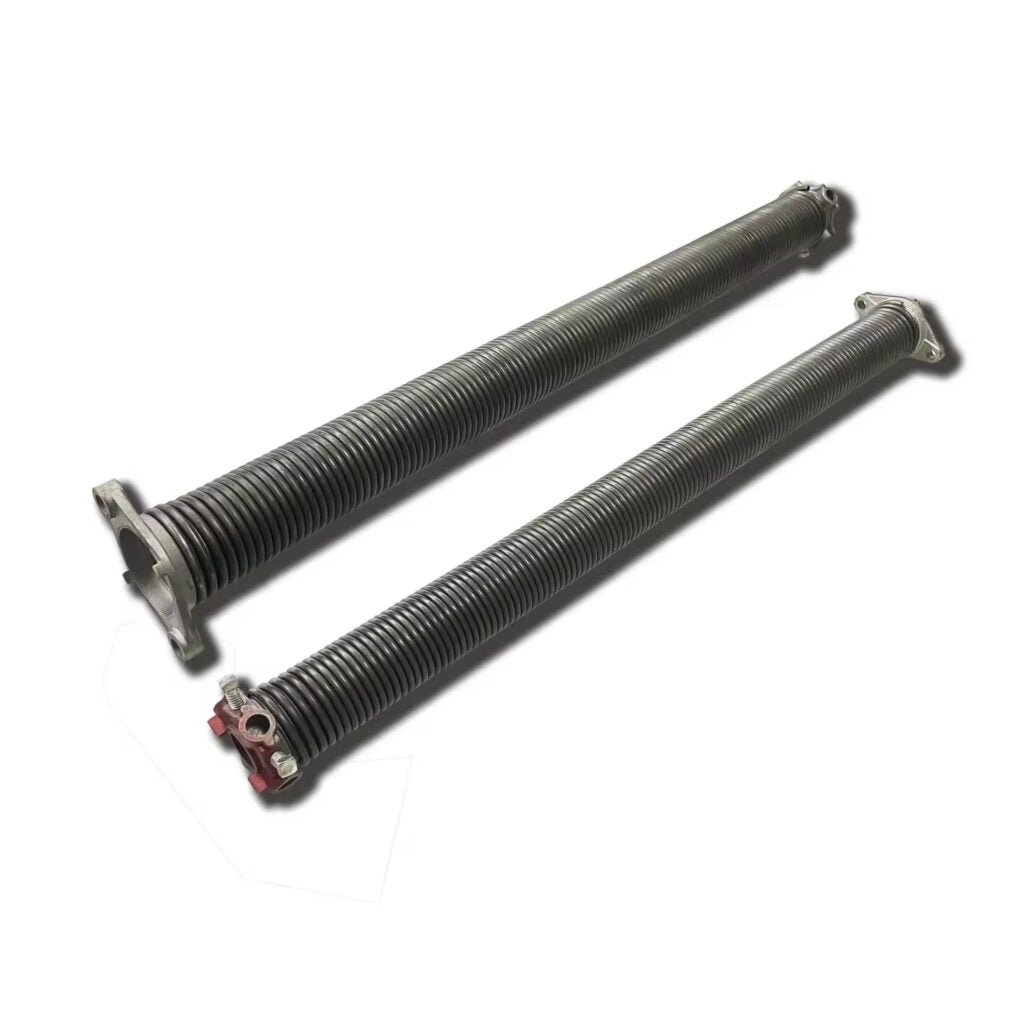Small compression springs
Small compression springs can be customized to your specifications and are becoming more popular as devices and gadgets get smaller and smaller.
The size range of small compression springs is very wide, ranging from a few millimeters to a few centimeters, they are usually made of stainless steel, carbon steel, alloy steel wire, etc., with high elasticity and durability. Depending on the purpose, the wire used to make these springs can be round, square or rectangular.
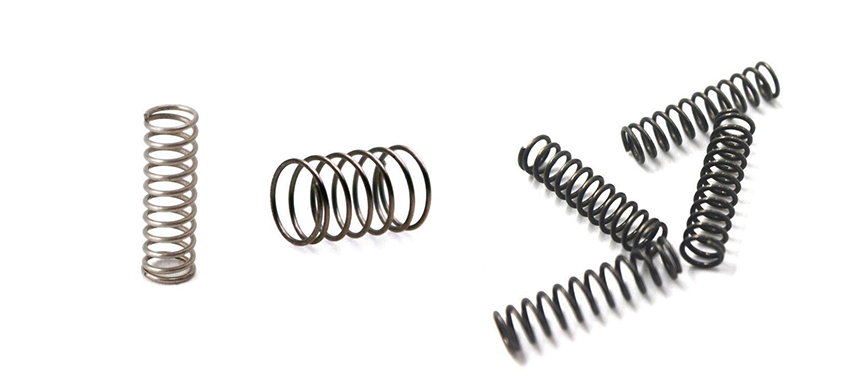
The performance of a small compression spring depends on several factors, including wire diameter, number of coils, and material. Generally, the larger the diameter of the wire and the fewer the number of coils, the greater the stiffness of the small compression springs. On the contrary, the smaller the diameter of the wire and the more coils, the smaller the stiffness of the spring.
Small compression springs are widely used in a variety of industries, from simple household items to high-tech aerospace equipment, these springs can be seen.
- Automotive: Mainly used for various automotive parts, including brakes, suspension and transmission.
- Robots: Can be used in robotic arms and grippers to provide force and support.
- Aerospace: Used in satellite mechanisms, landing gear, parachutes and other equipment.
- Medical: It can be used in medical devices such as insulin pumps, surgical instruments and implantable devices.
- Consumer goods: Can be used in a variety of consumer goods, such as toys, pens and doorknobs.
Small compression spring features and advantages:
- Features: Small compression spring has the characteristics of light weight, strong flexibility, simple design principle, easy manufacturing control and so on.
- Advantage: The ability to store energy when compressed and release it when needed, providing a stable force or restoring the original shape. In addition, through different designs and material choices, it is possible to meet the needs of various specific applications.
The price of small compression springs varies depending on factors such as material, size, process and batch size. When buying a small compression spring, we recommend choosing the right material, shape and size for your specific application. At the same time, you can consider buying from a small compression spring manufacturer with a good reputation and reputation, so as to ensure the quality of the product and after-sales service.
Selection criteria for small compression springs:
- Load-carrying capacity: Measures the maximum external load that the spring can safely withstand, which is directly related to the ability of the spring to resist deformation and maintain stability in the characteristic environment. The high load-carrying capacity of the spring ensures that its original mechanical properties and structural integrity are maintained under extreme operating conditions.
- Spring rate: This indicator reflects the ability of the spring to resist deformation and is expressed in terms of the force required to compress or stretch the spring over a certain distance. A spring with high stiffness means that it deforms less when the same external force is applied, and vice versa. Precisely adjusting the spring stiffness according to the application demand is the key to achieve accurate control and improve the system response speed.
- Maximum compression: The maximum distance at which the spring can be safely compressed without permanent deformation or damage to the structure. It is essential to avoid spring overload and prevent premature failure.
In summary, small compression springs have a wide range of application prospects and important roles in the mechanical and electronic industries. With the continuous progress of technology and the continuous expansion of application fields, the types and performance of small compression coil springs will continue to improve and improve.
Address
140 meters north of the intersection of Xueyuan Road and Textile Road, Huixian County, Xinxiang City, China
